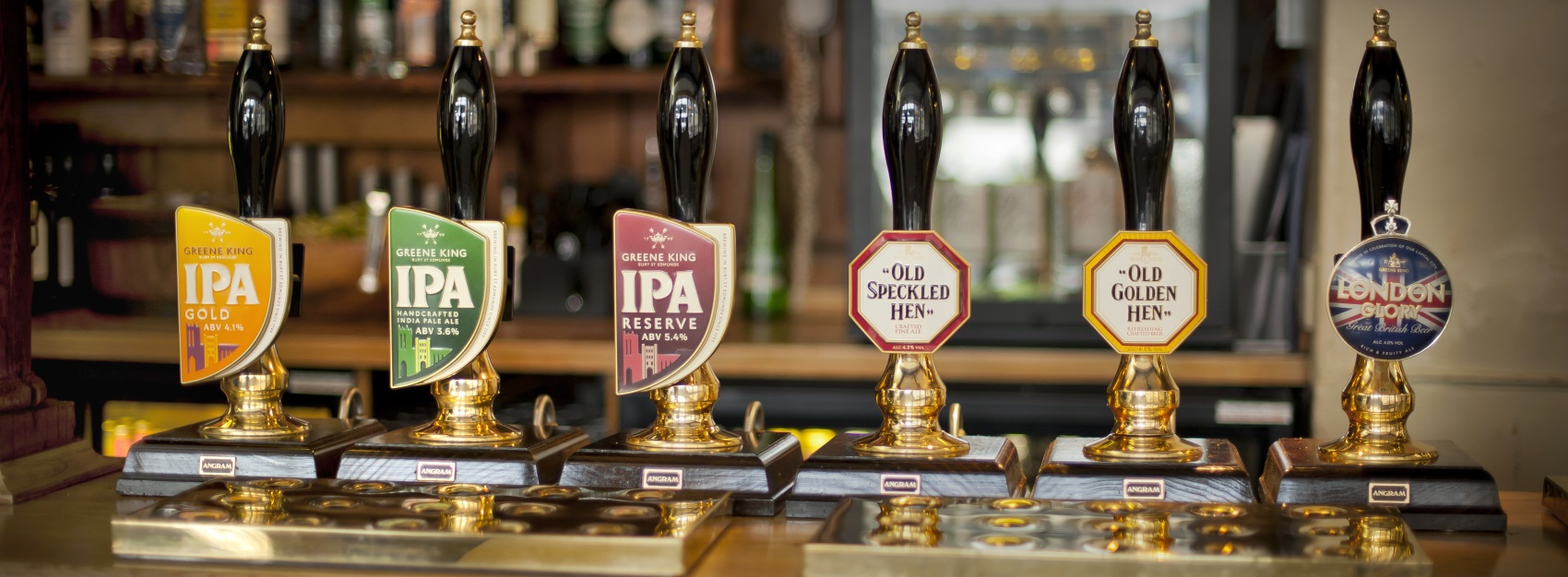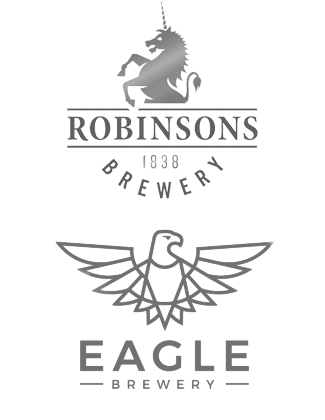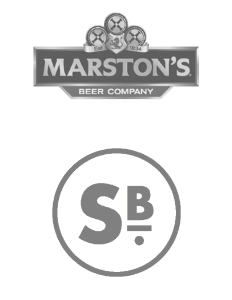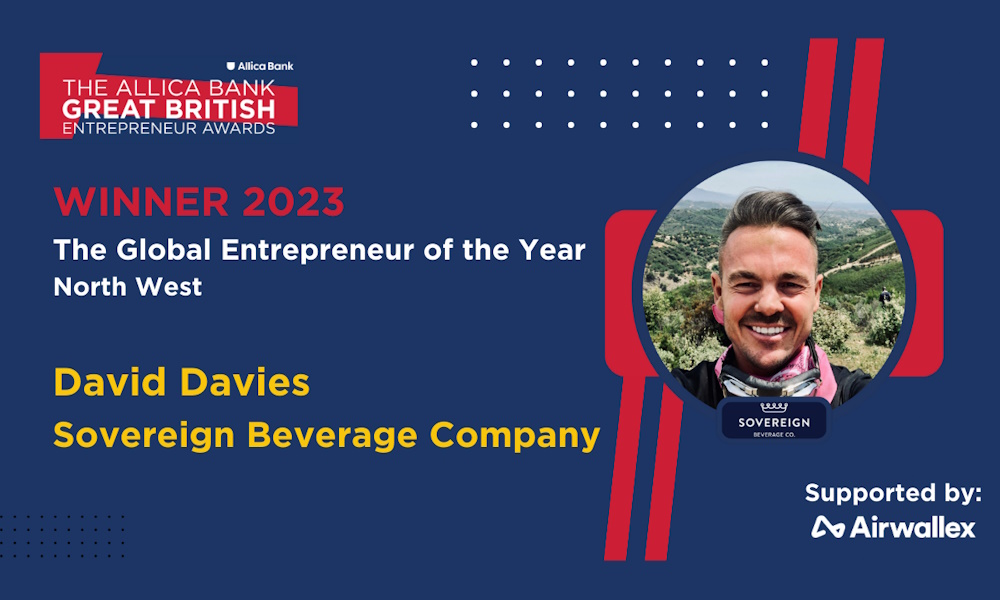Real Ales
Ales use cultured yeast strains which ferment at warmer temperatures and collect on the top of the beer once fermented. These beers are known as top fermented. Typically, Ales are darker than Lagers although Wheat Beers, some Blondes and Kolschs are lighter in colour. Porters and Stouts are the darkest of the ale family.


Using cultered Ale yeast strains, which ferment at warmer temperatures, and tend to collect on the top of the beer after fermentation.
Barley Wine
Wine strength brewed ales! 18th century brewers were trying to find an answer to French wine imports. Very high alcohol levels for beers from 7-12% ABV they often are served as a smaller measure. Expect lots of alcohol and rich fruits, peppery hops and sweet strong malt.
Bitter
Brewed all over Britain, traditionally cask conditioned and generally an easier drink than a Pale Ale. Typically "Best Bitters" make up most of the ales brewed but "Special Bitters" tend to be stronger in ABV or have some distinctive ingredients. Refreshing blends of light roasted and biscuity malts, often balanced with floral and/or spicy hops and fruits. Dry, bitter finish.
IPA/Black IPA/Double IPA/Session IPA
Originally, an export style of Pale Ale developed in the 19th century became popular in India, hence the name "India Pale Ale". Now brewed the world over and very popular in the US and Canada. Originally lightly hopped and this style is still available in the UK although many IPAs now are typified by their intense hoppiness. Session IPAs are lighter in alcohol content whereas DIPA(Double IPAs) are stronger. They are no so many variants of an IPA now that they each almost deserve their own category.
Blonde
Developed to appeal to Lager drinkers in the US, these very pale ales made their way into the UK. Subltle hop and fruit aromas are sometimes called Golden ales. Typically easy drinking beers, refreshing with a tangy, sweet finish and fruity aromas. Can be served colder than other Ales.
Brown Ale
Developed in the early 20th century in the North East of England. They feature a dark colour and sweeter taste than Bitters/Pale Ales. Not too dissimilar to Scotch Ales from Scotland. Brown Ales made in the South of England tend to be sweet and have a lower ABV than their northern counterparts. Malty, toffee and nutty flavours, low fruit and hoppiness.
Mild
Milds were once the biggest selling beer style in Britain. Weak ABV wise (3.0-3.9%) and still popular in traditionally industrial parts of South Wales, the Midlands and North West of England. Dark in colour, light in taste and dominated by the toasted malt. Easy drinking due to the gentle hopping.
Old Ale
Strong versions of Mild Ales ranging between 5-10% ABV. A winter beer with a taste of Christmas to boot. Ripe fruit and Sweet malt aromas are balanced by a moderate bitterness. Expect a cream sherry warmth with these.
Pale Ale
Classic British Ales, based on the popular "Burton" Style developed in the 18th and 19th Centuries in Burton On Trent, England. Dark gold to amber in colour with a long lasting head/foam. Full of flavour, aromas with the drying finish balancing the high level of bitterness.
Porter/Stout
Using hard water and originating from the ports of London and Dublin in the 18th century, these near black beers are made with very hard water, dark malts, hops and barley. Sometimes the flavour is softened with oats or chocolate. Imperial Stouts are the strong variants that were particularly popular in the Russian Imperial courts Full flavoured, full bodied with a long bitter finish.
Saison
Originating from the Flanders area of France/Belgium. These pale ales were originally brewed for farm labourers and drank fresh(Saison) as a liquid version of bread! Refreshing and full flavoured, biscuity malts dominate as do lots of fresh and vinous fruits.
Scotch Ale
Likened to Brown Ales(from the Northeast of England) , they can range anywhere from 3.5-7% ABV with low hop contents. These Ales are often referred to by the old duty rates 60 shilling(light), 70 shilling (heavy), 80 shilling(export) and 90 shilling (Wee Heavy). Sweet, dark and full bodied with fruit aromas and rich Caramalt flavours. Lightly hopped.
Wheat Beer
Ales made with 30% or more wheat. Known as Weisse(white) or Weizen(wheat) in Germany where they use only cereals, Belgians term these beers Witte(white) and use orange curacao and herbs like coriander to flavour. Softly carbonated and big fruity aromas, refreshingly light and should be well balanced. Can taste from mild to very tart with fragrances of bananas, apples, citrus and even a "medicinal" smell from phenols.












